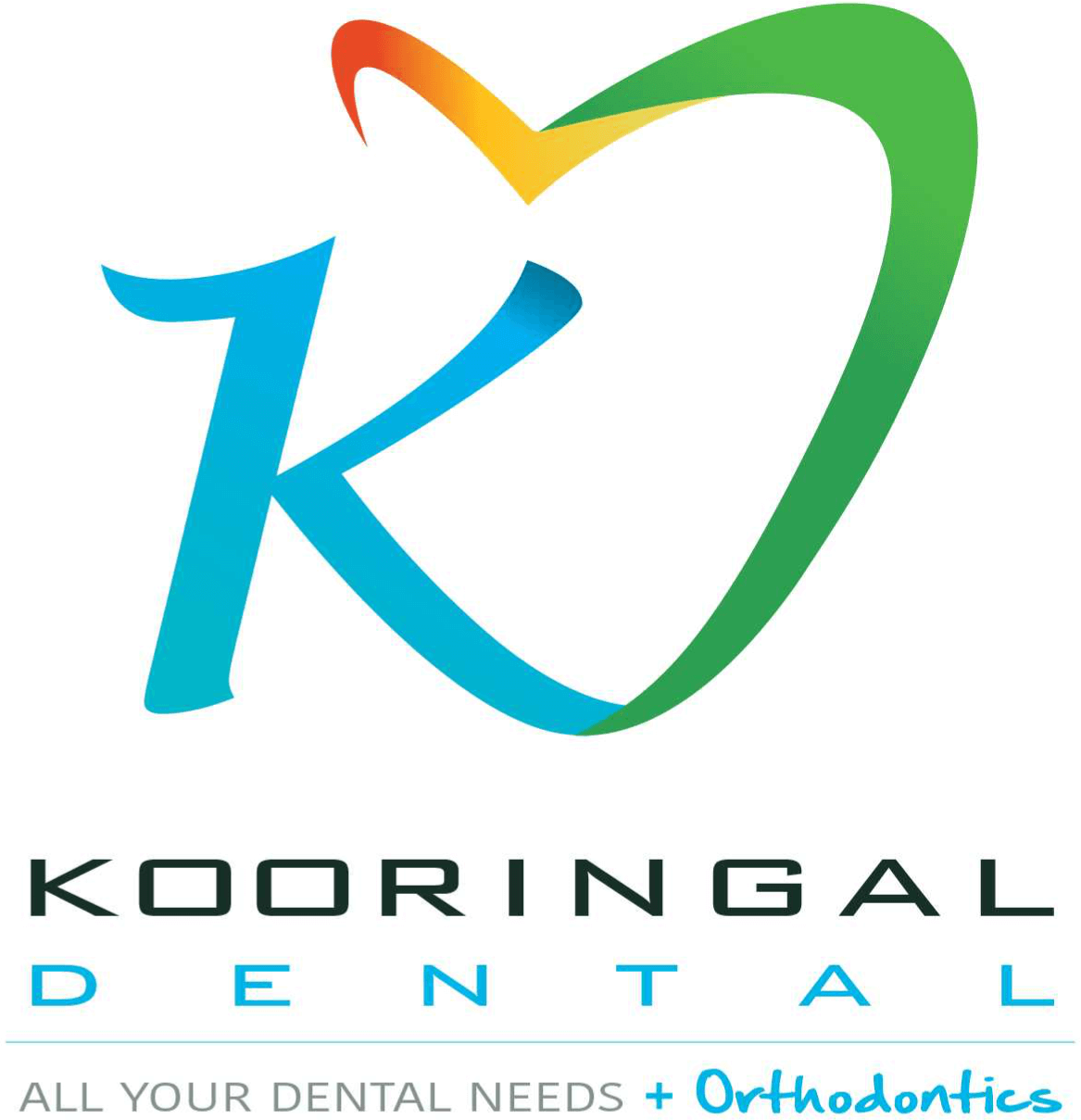When you are looking for a way to restore lost teeth, it can seem that options like dentures and bridges fall short.
While they have been a mainstay in dentistry for years, they can often cause issues with rubbing and, despite the strongest dental adhesives on the market they can be prone to moving. In your search for an alternative option to restore your smile, you have probably come across oral implants. Fitted to the jaw, they act as false roots to support prosthetic teeth, enabling you to gain your bite strength and your smile back at the same time. Perfect!
At Kooringal Dental, our team has helped hundreds of patients regain their smiles using dental implants in Wagga. Dental implants are now a common procedure, your implants may be able to be fitted in as little as a day and once the prosthetics are attached, you will have a stronger, healthier-looking smile that will last decades. Perfect!
You may have heard that to have traditional dental implants in Wagga, you need to have a sufficient amount of jaw bone for the fitting to be successful. So, what are the options if your jaw bone is lacking or damaged?
How is bone density lost?
Bone density can become lost due to health conditions such as osteoporosis. But, unfortunately, the moment a tooth is removed, the jaw bone begins to shrink; as it is no longer holding a tooth in place it becomes slimmer, making it harder to place traditional endosteal implants into. Luckily, there are ways our team can still fit you with dental implants in Wagga.
Bone grafting
We may suggest bone grafting as a first option.
Taking bone from your shin, or using synthetic or animal-derived bone, we will place the bone where we intend to fit the implant.
After waiting for the implant to fuse with the bone (which can take between 3-6 months), we will then take X-Rays to assess the success of the graft and will then prepare to fit an endosteal implant.
Subperiosteal
If your jawbone is thin and you don’t want a bone graft, we may suggest fitting a subperiosteal implant.
More like a frame than an implant, this is placed above the jaw bone and under the gum. It has 2 posts which will protrude from your gum, which the prosthetic teeth will be attached to. As no fusing is required for this option to work, subperiosteal implants generally have a faster recovery time which enables you to get your new smile sooner. Fantastic!
Micro or mini-implants
Take an endosteal implant, shrink it and you are left with a mini or micro implant.
These implants are ideal for people who have thinner jaws but are not suited for securing multiple prosthetic teeth, bridges or dentures.
They are fitted to your jaw, but due to their size the surgery is not as invasive and you can even leave our surgery the same day with your prosthetic tooth attached! Be aware that micro-implants are more prone to moving or failing, so will require some tender care and softer foods in those first few months post-fitting!
DISCLAIMER:
All treatment carries risks. Individual consultation is required with one of our practitioners to ensure that the treatment is right for you.


